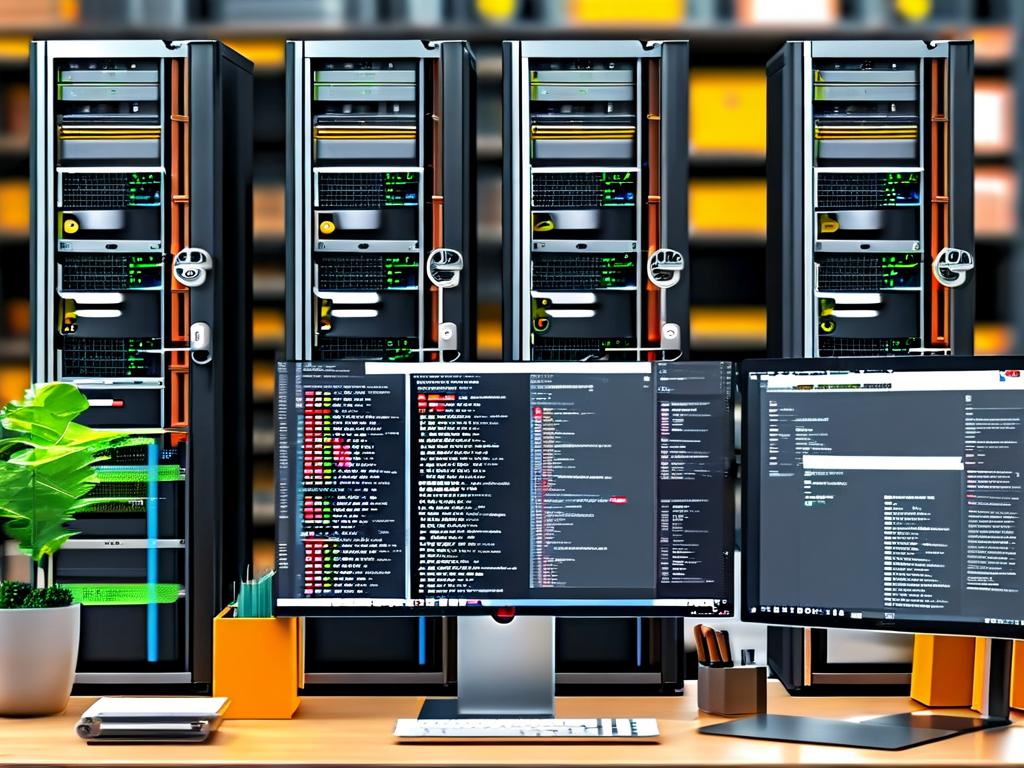Automated deployment has become a cornerstone of modern software development, enabling teams to deliver updates faster, reduce human error, and maintain consistency across environments. This article explores various automated deployment solutions, categorizing them by use cases, tools, and implementation strategies to help organizations choose the right approach.
1. The Importance of Automated Deployment
Automated deployment eliminates manual intervention in releasing software, ensuring repeatability and scalability. By integrating with CI/CD (Continuous Integration/Continuous Deployment) pipelines, teams can deploy code to production within minutes of development completion. Key benefits include:
- Speed: Accelerated release cycles for competitive advantage.
- Reliability: Reduced downtime caused by configuration errors.
- Scalability: Seamless handling of complex multi-environment setups.
2. Popular Automated Deployment Tools
2.1 Jenkins
Jenkins, an open-source automation server, remains a staple for DevOps teams. Its plugin ecosystem supports integration with cloud platforms, container orchestration tools, and testing frameworks. Jenkins pipelines allow declarative or scripted workflows, making it ideal for custom deployment logic.
2.2 GitLab CI/CD
GitLab’s built-in CI/CD toolchain simplifies end-to-end automation. Its YAML-based configuration enables version-controlled pipelines, while features like Auto DevOps automate Kubernetes deployments. GitLab’s single-platform approach reduces tool sprawl.
2.3 AWS CodeDeploy
For cloud-centric organizations, AWS CodeDeploy offers managed deployment services. It supports blue/green deployments, rollback mechanisms, and integration with AWS Lambda for serverless applications. Its agent-based architecture works seamlessly with EC2, ECS, and on-premises servers.
2.4 Kubernetes Operators
Kubernetes-native solutions like Argo CD and Flux CD specialize in GitOps-driven deployments. They synchronize cluster states with Git repositories, enabling declarative infrastructure management. These tools excel in microservices environments with frequent updates.
3. Deployment Strategies Compared
3.1 Blue/Green Deployment
This strategy minimizes downtime by running two identical environments (blue for production, green for staging). After testing, traffic switches to the green environment. Tools like Spinnaker and AWS Elastic Beanstalk natively support this approach.

3.2 Canary Releases
Canary deployments roll out updates incrementally to a small user subset, allowing teams to monitor performance before full rollout. Tools like Istio and Kubernetes Ingress controllers facilitate traffic splitting for this method.

3.3 Rolling Updates
Common in Kubernetes, rolling updates replace instances gradually without downtime. While simple, they require robust health checks to avoid cascading failures.
4. Key Considerations for Implementation
- Environment Parity: Ensure staging mirrors production to catch issues early.
- Security: Integrate secret management tools like HashiCorp Vault or AWS Secrets Manager.
- Monitoring: Pair deployments with tools like Prometheus or Datadog for real-time feedback.
- Compliance: Automate audit trails using platforms like Terraform Enterprise.
5. Challenges and Mitigations
- Tool Complexity: Overly intricate setups can hinder adoption. Start with minimal viable pipelines and expand incrementally.
- Legacy Systems: Use hybrid tools like Ansible or Chef to bridge gaps between old and new infrastructure.
- Cost Management: Monitor cloud resource usage to avoid overspending on idle deployment environments.
6. Future Trends
- AI-Driven Deployments: Machine learning models predicting deployment risks.
- Serverless-First Pipelines: Tools like AWS SAM and Serverless Framework gaining traction.
- Edge Computing: Decentralized deployment strategies for IoT and edge devices.
Automated deployment is no longer optional for agile organizations. By evaluating tools like Jenkins, GitLab CI/CD, and Kubernetes Operators alongside strategies like blue/green or canary releases, teams can build resilient pipelines tailored to their needs. As technology evolves, staying updated on trends such as AI-driven automation will ensure long-term success.









